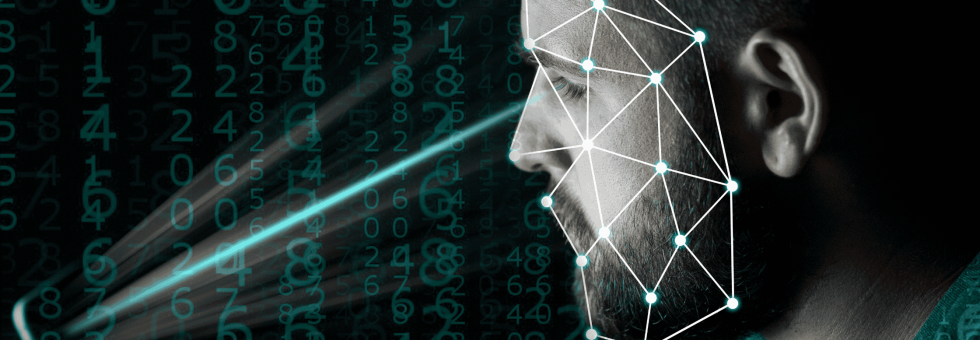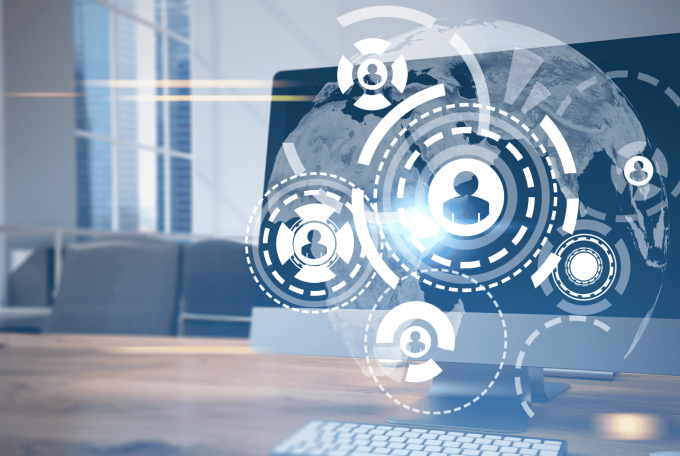What Are Biometrics, and How Does AI Enhance Them?
Biometrics refers to the measurement and analysis of unique physical and behavioral characteristics used to identify individuals. Common biometric methods include facial recognition, fingerprint scanning, voice recognition, and even iris scanning. These systems leverage the distinct traits of individuals to enhance security and provide seamless authentication experiences.
AI (Artificial Intelligence) has revolutionized biometrics by improving its efficiency, accuracy, and reliability. Traditional biometric systems often relied on static algorithms and were prone to errors like false positives and negatives. AI, on the other hand, brings machine learning and deep learning algorithms into the equation, enabling systems to adapt and improve over time.
For example, AI algorithms can:
- Learn from large datasets to distinguish subtle differences between individuals.
- Detect spoofing attempts by identifying fake fingerprints or photos.
- Enhance performance in challenging environments, such as low light or noisy backgrounds.
By combining the power of AI with biometrics, we are witnessing a transformation in how security and personalization are handled across industries.
AI in Biometrics: Improved Accuracy, Fraud Detection, and Real-Time Processing
Improved Accuracy
AI’s ability to process and analyze massive datasets ensures that biometric systems are more accurate than ever. For instance, AI-powered facial recognition systems can identify individuals even when their faces are partially covered or at different angles.
This high level of precision has made AI-driven biometrics the preferred choice in applications like airport security, unlocking smartphones, and verifying identities for online banking.
Fraud Detection
Traditional biometric systems often struggled to differentiate between real and counterfeit data, making them vulnerable to fraud. AI has introduced advanced anti-spoofing techniques, such as liveness detection, to combat these challenges.
For example, AI can:
- Detect whether a face belongs to a live person by analyzing micro-movements like blinking.
- Identify forged fingerprints by examining minute inconsistencies.
- Flag suspicious patterns in voice or typing behaviors.
These innovations significantly reduce the risk of identity theft and unauthorized access.
Real-Time Processing
One of AI’s standout features in biometrics is its ability to process data in real time. Whether it’s unlocking your smartphone or clearing passengers through airport security, AI ensures that biometric verification happens instantaneously.
Real-time processing also makes it possible to monitor and analyze data continuously, improving security without compromising user experience.
Real-World Examples of AI and Biometrics
iPhone’s Face ID Powered by AI
Apple’s Face ID is a prime example of AI enhancing biometric security. Using a combination of infrared sensors and machine learning algorithms, Face ID creates a detailed 3D map of the user’s face. It can:
- Recognize faces even in low-light conditions.
- Adapt to changes in the user’s appearance, such as wearing glasses or growing a beard.
- Prevent spoofing by distinguishing real faces from photos or masks.
AI-Powered Voice Assistants Like Siri and Alexa
Voice assistants like Siri and Alexa use AI to recognize and authenticate users based on their voice patterns. These systems analyze tone, pitch, and speech nuances to ensure secure and personalized interactions.
Additionally, AI enables voice assistants to:
- Identify multiple users in a household.
- Understand and respond to commands in various accents or languages.
- Improve over time by learning user preferences and speech habits.
Fun Fact: AI Can Recognize Your Face Even in Low-Light Conditions!
AI-powered facial recognition systems use advanced infrared and low-light imaging technologies to identify individuals even in dim environments. This capability has made these systems invaluable in settings like nighttime surveillance and unlocking devices in the dark.
Conclusion
The integration of AI and biometrics is shaping a future where security and convenience go hand in hand. From improving accuracy to enabling real-time processing and fraud detection, AI is transforming biometric technologies across industries. With real-world applications like Face ID and voice assistants, it’s clear that AI and biometrics are paving the way for a safer and smarter world.
Are you eager to dive into the world of Artificial Intelligence? Start your journey by experimenting with popular AI tools available on www.labasservice.com labs. Whether you’re a beginner looking to learn or an organization seeking to harness the power of AI, our platform provides the resources you need to explore and innovate. If you’re interested in tailored AI solutions for your business, our team is here to help. Reach out to us at [email protected], and let’s collaborate to transform your ideas into impactful AI-driven solutions.





